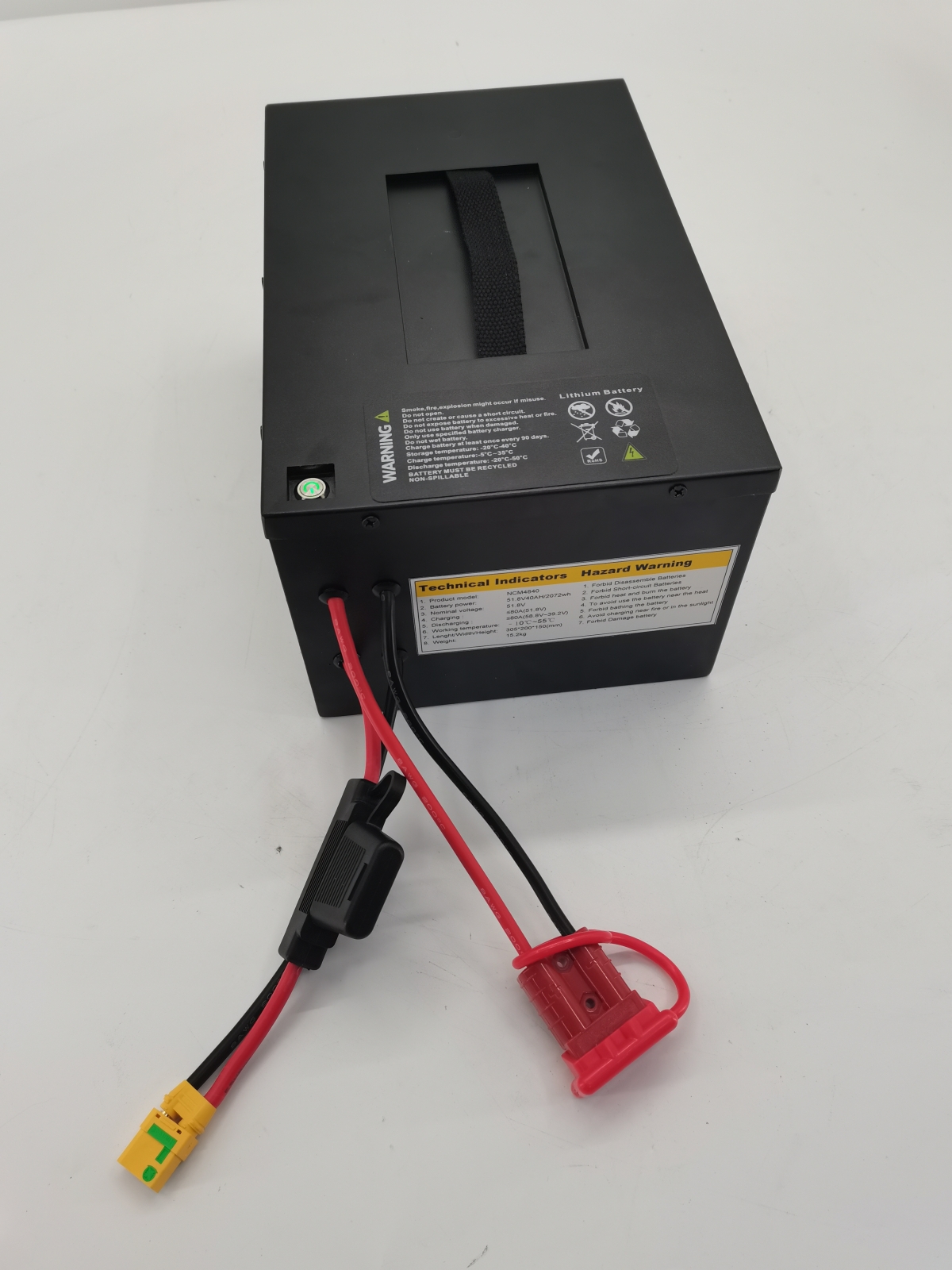- 07
- Dec
Basic parameters of lithium battery
Lithium-ion batteries are widely used in energy storage systems. When buying lithium batteries, we need to understand the main parameters of lithium-ion batteries.
1. Battery capacity
Battery capacity is one of the important performance indicators to measure battery performance. It represents the amount of power discharged by the battery under certain conditions (discharge rate, temperature, termination voltage, etc.).
Nominal voltage and nominal ampere-hour are the most basic and core concepts of batteries.


Electricity (Wh) = power (W) * hour (h) = voltage (V) * ampere hour (Ah)
2. Battery discharge rate
Reflect the battery charge-discharge capacity rate; charge-discharge rate = charge-discharge current/rated capacity.
It represents the discharge speed. Generally, the capacity of the battery can be detected by different discharge currents.
For example, when a battery with a battery capacity of 200Ah is discharged at 100A, its discharge rate is 0.5C.
3. DOD (depth of discharge)
Refers to the percentage of the discharge capacity of the battery to the rated capacity of the battery during use
4. SOC (State of Charge)
It represents the percentage of the battery’s remaining power to the battery’s rated capacity.
5. SOH (State of Health)
It refers to the health of the battery (including capacity, power, internal resistance, etc.)
6. Battery internal resistance
It is an important parameter to measure battery performance. The battery’s internal resistance is large, and the battery’s working voltage will be reduced when discharging, increasing the battery’s internal energy loss, and aggravating the battery’s heat. The internal resistance of a battery is mainly affected by a variety of factors, such as battery materials, manufacturing processes, and battery structure.
7. Cycle life
It refers to the number of charge and discharge cycles that the battery can withstand before its capacity decays to a specified value under certain charge and discharge conditions. One cycle refers to one full charge and one full discharge. The number of cycles depends on the quality and material of the battery.
The number of cycles depends on the quality and material of the battery.
These are the basic parameters of lithium batteries. With the reduction of battery costs and the improvement of battery energy density, safety and life, energy storage will usher in larger-scale applications.
